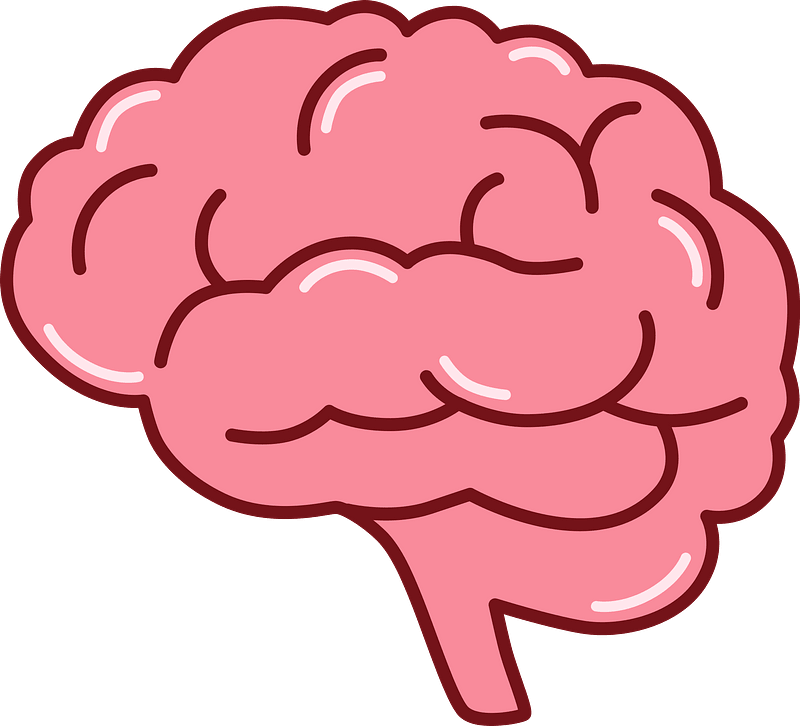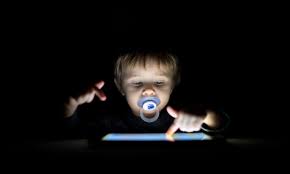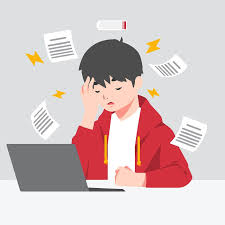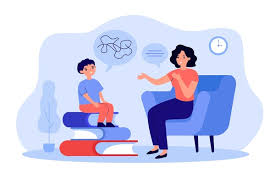The human psyche is one of the most intricately, complicated programs in the entire world. Within 9 months of structural development, humans develop an organ that rivals modern day supercomputers. In fact, if one were to take just a cubic millimeter (smaller than a pinky finger) of a brain and analyze it, they would be given over 50,000 cells and 1400 TB worth of data. (CNN)The human brain is one of the most complicated systems in the entire world, and it likely won’t be solved for another handful of lifetimes, if ever. But just because it’s impossible to fully comprehend, that doesn’t mean people should simply not try.

In 2021, the CDC ran a study on children’s mental health. The results they garnered elicited a feeling of dread and worry. According to the statistics of the CDC, 1 in 5 students contemplated suicide, whilst 1 in 10 went through and ended their own lives. 1 in 10. These statistics came with reasoning, of course. According to the CDC, it is much more common for a student whose part of LGBTQ+ to contemplate suicide. Specifically, about 45% of all LGBTQ+ children in 2021 contemplated suicide. The CDC also stated that students of black ethnicity had a higher chance of attempting suicide. A higher chance than any other race or ethnicity. (CDC)
So what the heck is happening? Why are students becoming more and more mentally unhealthy? Well, to preach the choir, one of the reasons is technology. Yes, every student from here to Timbuktu has heard their parents say something along the lines of, “Technology is bad for you.” This point has been repeated countless times by caring parents, and they are absolutely right.

To set up a perspective, 95% of teens in the US have access to the internet (Do Something) Almost every teen in America has the ability to access online content. This content can span from good role models, educational shows, comedic/uplifting videos, or it can span to content that contains violent or inappropriate themes. Teen brains are still in a moulding process. Teens take in what they see and hear, and oftentimes come to copy that behavior. This is why many children who are hateful or violent were oftentimes exposed to similar natures at a young age.
A saddening example of these tendencies would be with a very popular social media persona, Andrew Tate. According to BBC, schools across the UK have dealt with a large number of children who have been influenced by a controversial content creator. Andrew Tate, a popular social media user, is currently under house arrest in Romania for alleged human trafficking. (AP News) That’s right, children are watching the guy who is suspected to traffick humans.
So, a reason has been exemplified, but is that it? Is technology the only reason why students are much more mentally unhealthy? Of course not! Children of all ages have always been at risk of mental adversities. Professionals have a way to test how much an individual is at risk of mental issues by using a special set of questions called the Adverse Childhood Experience test (ACE). The ACE test poses 10 yes or no questions about a person’s childhood. The more questions answered with yes, the higher risk an individual has for unhealthy or toxic mental developments. According to PACE’S, on average, most Americans answer with a 1 or less. If an individual answers with a score of 4 or higher they have a high risk of experiencing mentally unhealthy developments. Those who have scored a 4 or higher should attempt to properly educate themselves with toxic stress and how to healthfully handle it. (ACEs)
In fact, a survey was recently conducted in New Castle High School. The survey entailed all the questions often used in an ACE test. The test itself was anonymous, making certain to ensure the privacy of any student’s personal conflicts. The data of the survey is shown below.
Of the 45 recipients of the survey, these are the average statistics gathered.
9% of students felt that they had very little to eat, wear, or use.
42% of students lost a parent through divorce, abandonment, death, or other reasons.
60% of students state they lived with someone who was depressed, mentally ill, or attempted suicide.
44% of students state that they lived with an individual who struggled with alcohol/ drug abuse.
31% of students state that their parents hit, beat, kicked, or threaten to hurt each other.
49% of students lived with someone who went to prison.
62% of students state that they felt as though an adult or parent swore or put them down.
29% of students state they were physically beaten by an adult or parent.
27% of students felt as though they weren’t loved by their family.
13% of students stated that they experienced unwanted sexual contact.
Remember, the average individual answers with a 1 or 2. The highest averages of people saying yes during this survey was 2 and 6. (CDC)

Sadly, many teens in modern day America experience much more negative influences than compared to the last generation. (CNN) Children, teens, and adults find themself more often at risk of succumbing to unhealthy stress. Not to mention, according to the American Psychological Organization, people are having difficulty getting into therapy due to external reasons such as cost or time. But, does that mean there is no way to get help?
Enter in, counselors! Being a student in high school has always been a stressful experience, especially for those with negative external stressors. Luckily for those students, schools all around America are suited with counselors that are trained and willing to help whenever it’s needed.
A great example of an adult willing to help her students is Kimberlie Nicholson! Nicholson has recently joined the staff in NCHS and has already made substantial positive changes. She is the Director of Student Affairs and helps with the Special Ed. Classes. Her job consists of helping students reach their academic needs while making sure that they are not being stressed or overworked. In fact, she implemented a new curriculum for teachers that is to help teachers better understand the minds of their students. Teachers have been given a booklet that explains a better way of helping students and understanding where their difficulties come from. The booklet is called “TBRI (Trust-Based Relational Intervention) Training: Spark Hope and Ignite Change” written and created by Amy K. Abell, Ed. S.

So, Nicholson has already sparked some change in better helping students. Her motivation to her beliefs is incredibly commendable. She states, “…schools are unfortunately not understanding more than just a grade.” She wants to nurture students’ academic growth without them feeling as though they are worthless or unimportant. She also wants students to know that, “I (Nicholson) am always here for them. They are the reason I get up and come here every morning.”
Whether it’s Nicholson or any of our other incredible counselors, there is always someone ready to help you through adversity. Don’t be afraid to seek help. Seeking help doesn’t make you weak, it makes you human.
